Canadians love, love, love their PC Optimum Points.
When announcing the expansion of the program into Esso stations in 2022, Loblaws claimed there were 18 million PC Optimum members in Canada. In a country with just over 31 million people over 18, calling the program “dominant” doesn’t really go far enough.
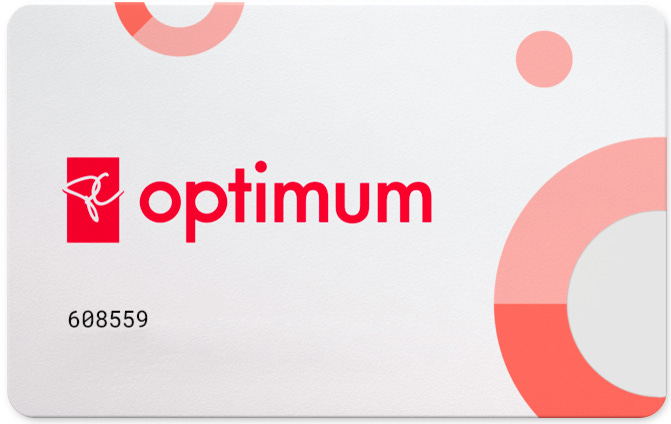
When Loblaws purchased Shoppers Drug Mart in 2013, it was the largest Canadian retailer acquisition in history, and it transformed the Canadian landscape for retail (food, medicine, personal items) and real estate. Lexpert, Canada’s trade magazine for lawyers, wrote: “The acquisition brings Loblaw and Shoppers within close reach of more Canadians, with more than 2,300 stores (corporate, franchised and associate-owned) and nearly 1,800 pharmacies totalling 65 million square feet of selling space.”
Given the incredible scope, influence and position of Loblaws and Shoppers together in Canada, the deal was covered rather uncritically as a “win” in Canadian media. Many columnists positioned the acquisition as “protecting” Shoppers from other buyers and “fending off” foreign retailers such as Walmart and Target. A review of coverage indicates the acquisition was covered pretty much as the company positioned the move itself in their own media materials:
“The acquisition brings together two iconic Canadian brands and harnesses the complementary strengths of the nation's number-one grocery retailer and number-one pharmacy and beauty retailer. It strengthens both companies' competitiveness in an evolving retail landscape, creating new growth opportunities for shareholders.”
There was little coverage or debate, at the time, about how the acquisition would impact Canadian consumers, in terms of competition and data protection. In fact, articles on that topic seem to have been subsequently removed from the internet, such as this dead link to 2013 story, promoted in a CBC article about the acquisition.
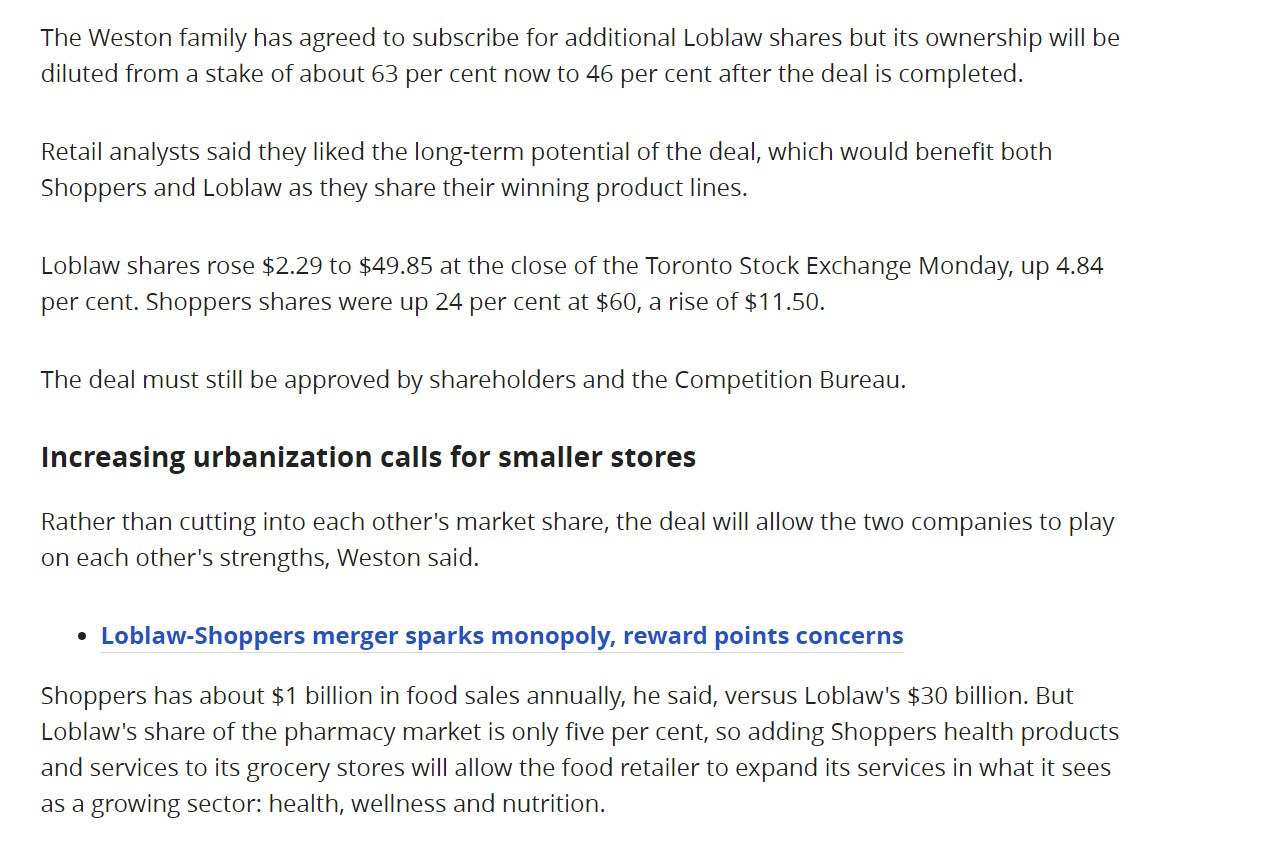
When Loblaws merged its own PC Points program with the Shoppers Optimum program a few years later, it created a data marketing behemoth. According to Bond, a loyalty program consultancy, Shoppers Optimum already had an incredibly rich data set on 11 million members, making it the largest marketable female database in the country. It was one of many reasons Shoppers Drug Mart was viewed as such a lucrative acquisition for Loblaws.
Richard Schenker of Bond wrote (emphasis mine):
“Loblaw will now be in the enviable position of realizing even greater benefits with this program evolution and new name. Here are some of the key benefits they can expect to reap:
A full 360-degree view of all transactional and non-transactional data for all Shoppers and Loblaw loyalty members which will enable them to retain and grow the transactional and emotional relationship with these customers and help defend against other grocery/pharma and e-commerce competitors.”
Given the dominance in the Canadian market of Loblaws and Shoppers collectively, the amount and variety of data held about customers via the loyalty program is staggering. For example, it includes locations of all grocery purchases, what was purchased, how often, which personal items and prescriptions are purchased, and even gas purchases. Loblaws has the ability to paint a very detailed picture of its customers within many aspects of their daily lives, giving it an incredible advantage in terms of marketing.
During these same years, Loblaws was also becoming a behemoth in real estate. At the end of December 2012, Loblaws spun most of its real estate properties into a new publicly traded real estate investment trust, Choice Properties REIT. Today it’s the largest real estate investment trust in Canada, valued at $16B, mainly owning Loblaws properties and listed on the TSX.
At around the same time, given the Weston’s long term plans, new grocery and pharmacy locations began including clinic spaces into all new builds, and older locations were retrofitted to create spaces for medical services.
Once the Shoppers acquisition had settled in, Loblaws began to speak more openly about its healthcare ambitions. The Loblaws 2016 Annual Report made reference to its new strategic framework - “Live Life Well. (Emphasis is mine.)
“Achieving “best in health and beauty” is driven by putting our pharmacy customers first, our desire to provide high quality health and wellness products and services, a diverse and differentiated beauty offering and convenient locations and hours of operation to meet individuals’ wellness needs.”
In public, Loblaws was being even more open about its ambitions in healthcare. In 2016, the company acquired medical records company, QHR, and it began explicitly talking about patients. About the deal, Loblaws exec Jeff Leger said “The future of healthcare is digital and this strategic investment will make us a better partner to patients and providers.”
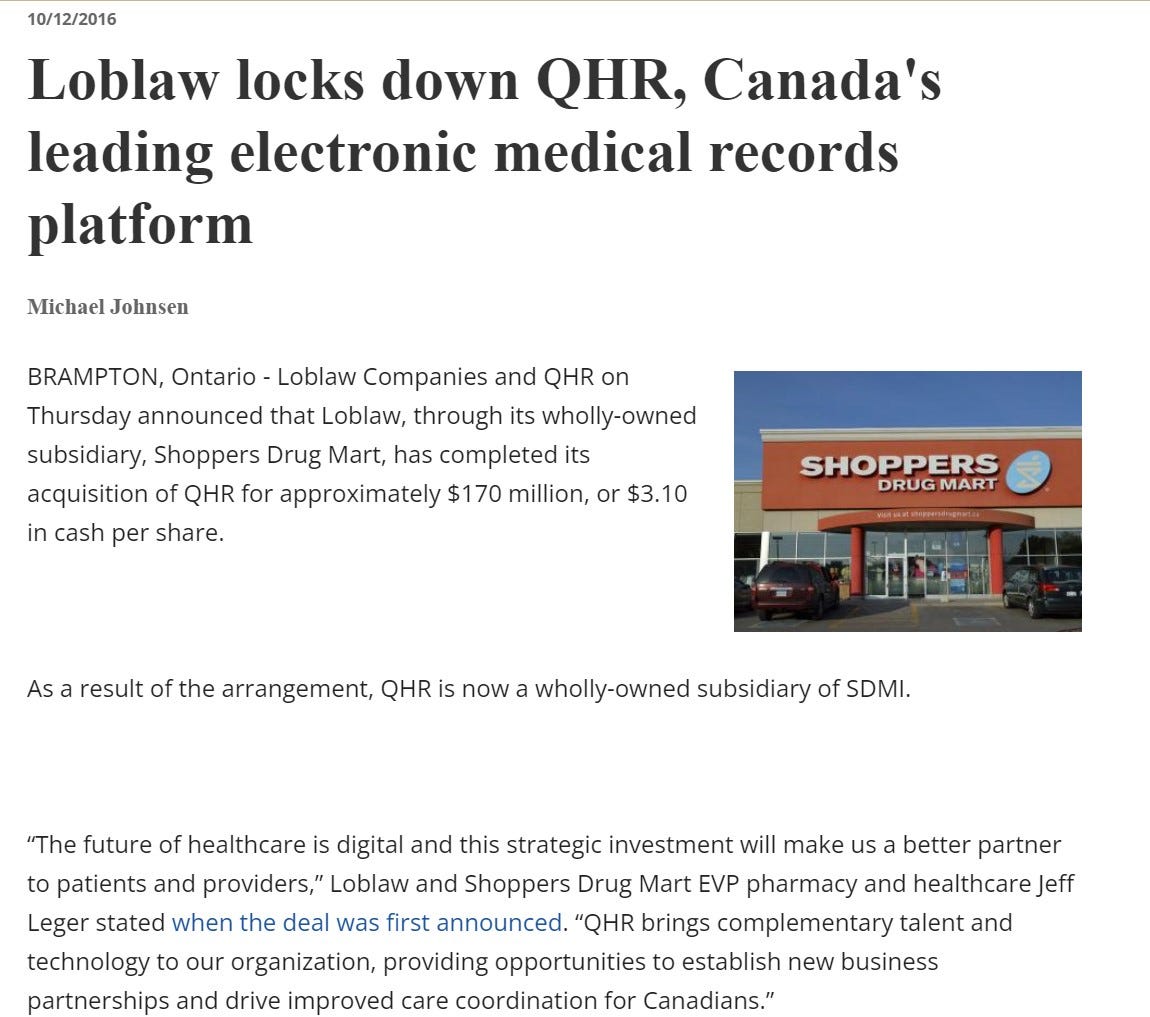
QHR supported about 7,700 healthcare providers at the time, representing about 20% of the electronic medical record technology in use in the country. A Cantor Fitzgerald analyst, at the time of the deal, pegged QHR as third in market share in Ontario, behind Telus Health and OSCAR, an open-source software originally developed at McMaster University. QHR’s services include electronic medical records, related security, virtual care tools (such as secure video and messaging), and tools to help clinics with scheduling, billing and patient management.
The timing of the pandemic couldn’t have been a bigger gift for Galen’s healthcare and profit ambitions, in many ways. He had already managed to get Doug Ford to drop the planned increase to the Ontario minimum wage, via a secret meeting right after Doug was elected, ensuring sky high profits when Loblaws was one of the only locations open for “essentials.”
By 2020, a few quarters into the pandemic, Loblaws invested $75 million in virtual health provider Maple Corporation, for whom the pandemic had already been a windfall. But Maple and Loblaws were already connected, as Shoppers Drug Mart was already invested in the company.
Maple is a company with many faces. For a fee, you can pay for an online visit with one of its doctors, or you can pay a membership which covers a set number of visits a year. They offer online prescriptions and refills (for a fee), sick notes (for a fee), and lab work (for a fee).
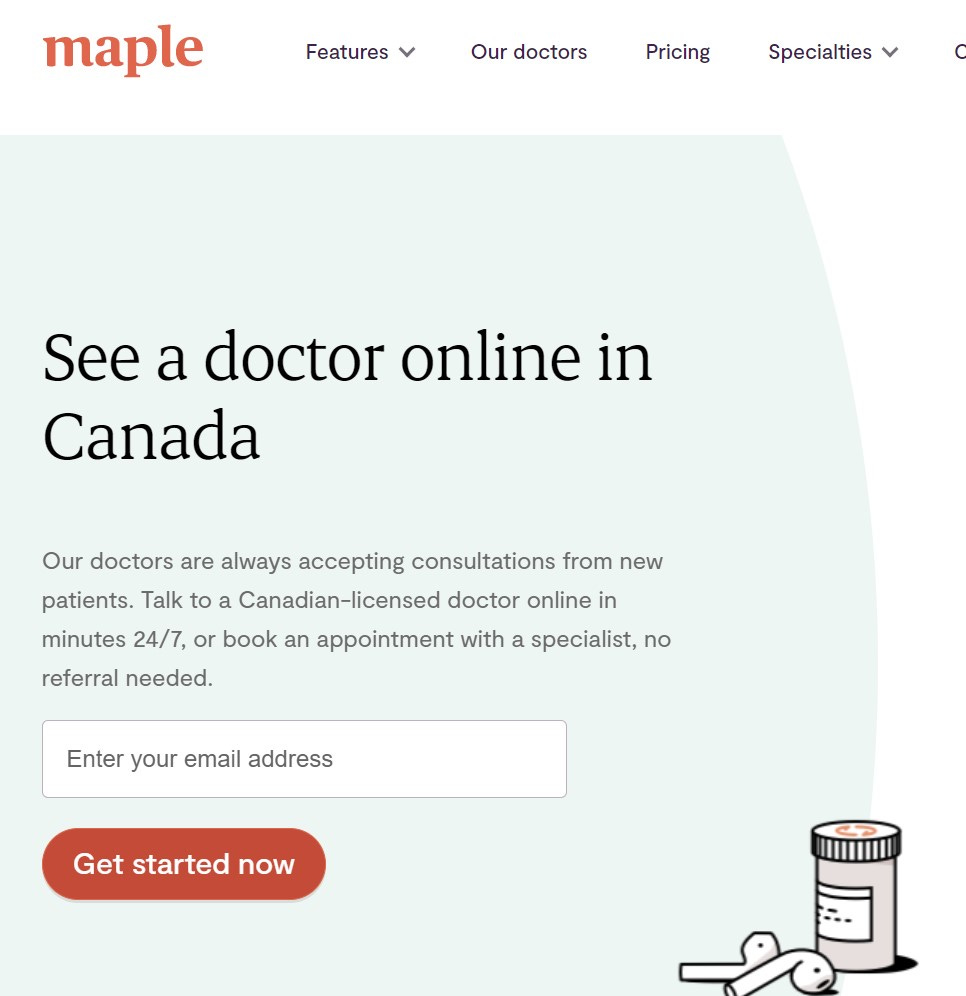
However, Maple is also offering services to your boss, and to hospitals, clinics and long-term care homes. In their own words, “Our state-of-the-art virtual care solutions for employers, organizations, and insurers deliver a strong return on investment.

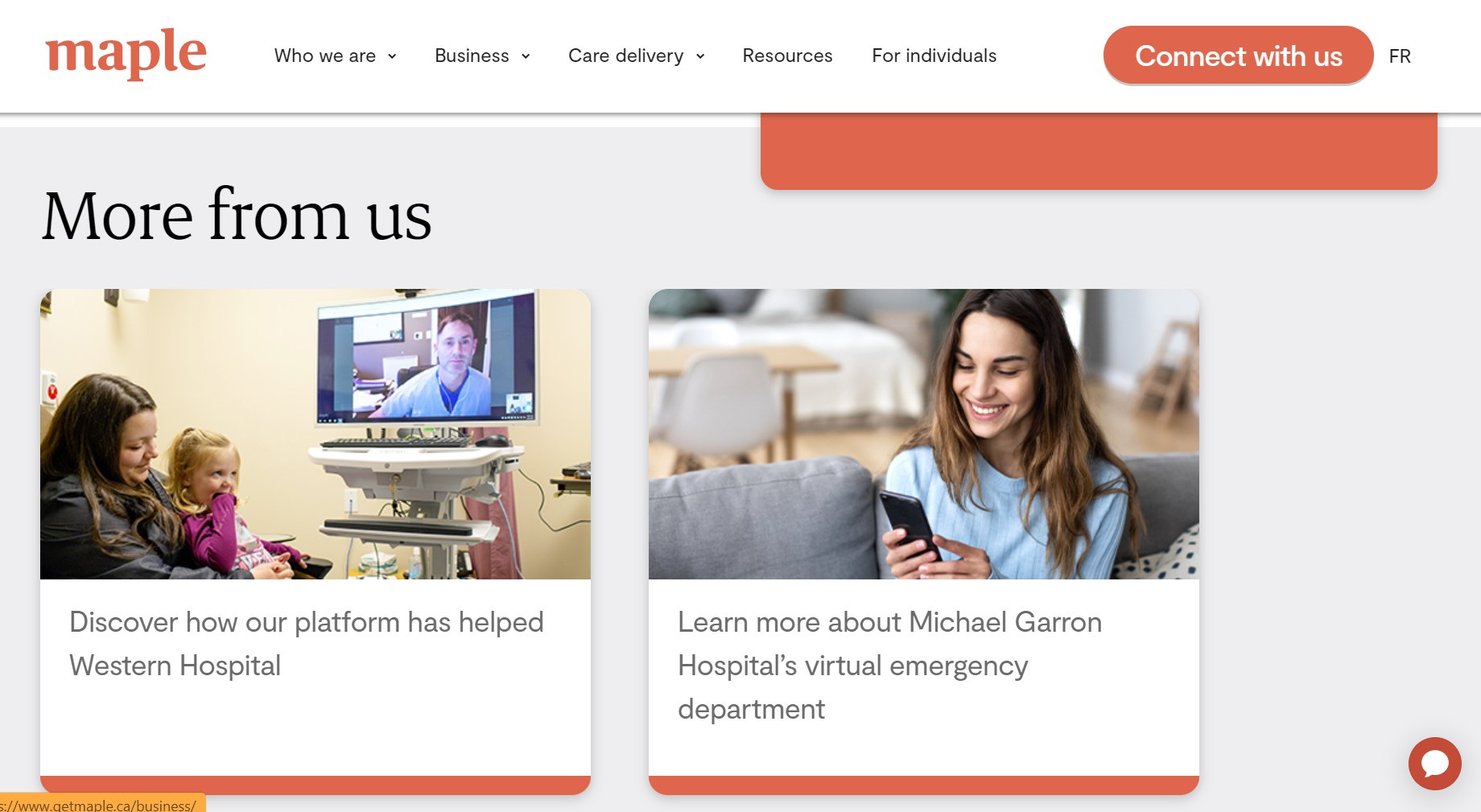
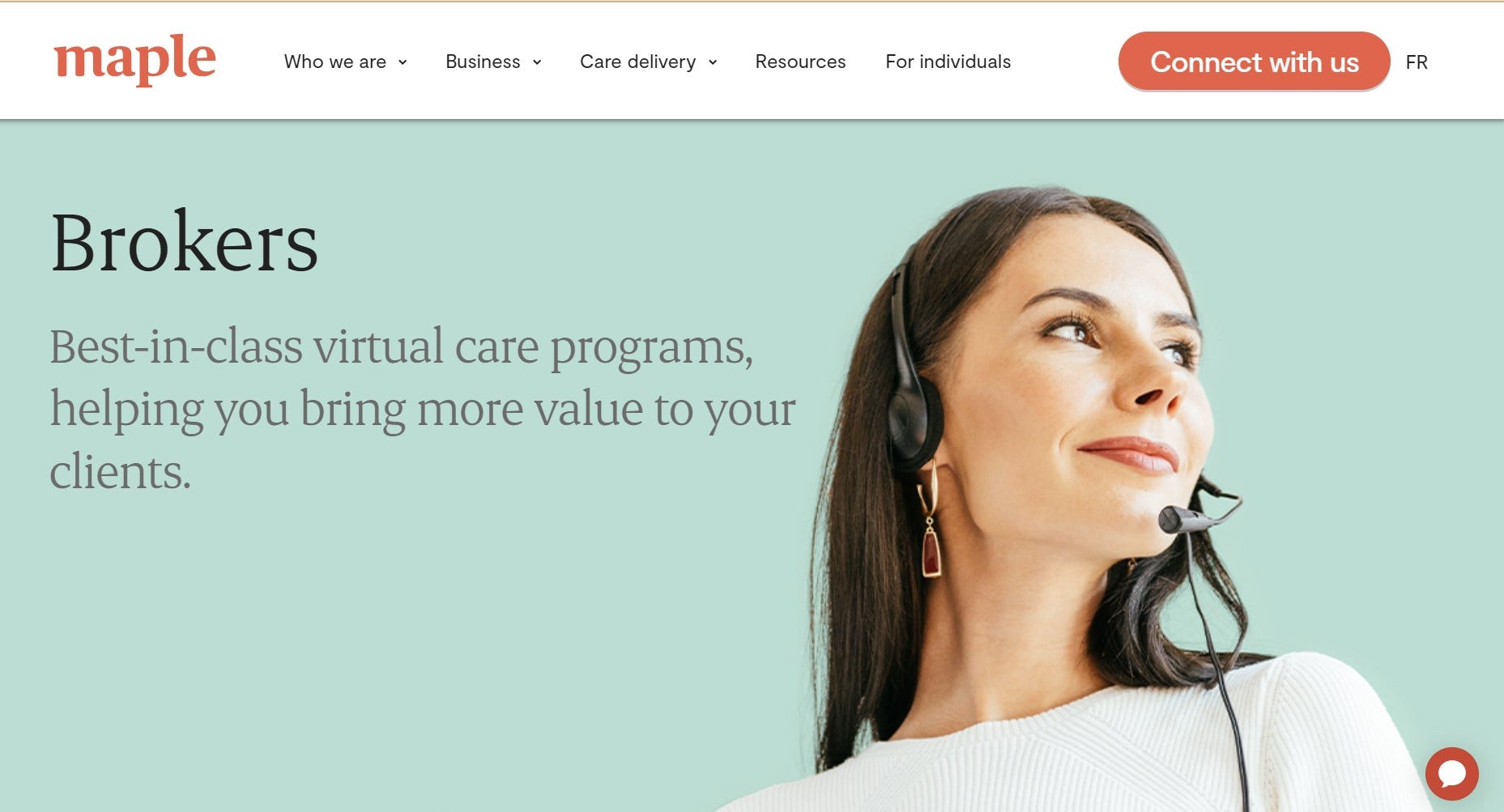
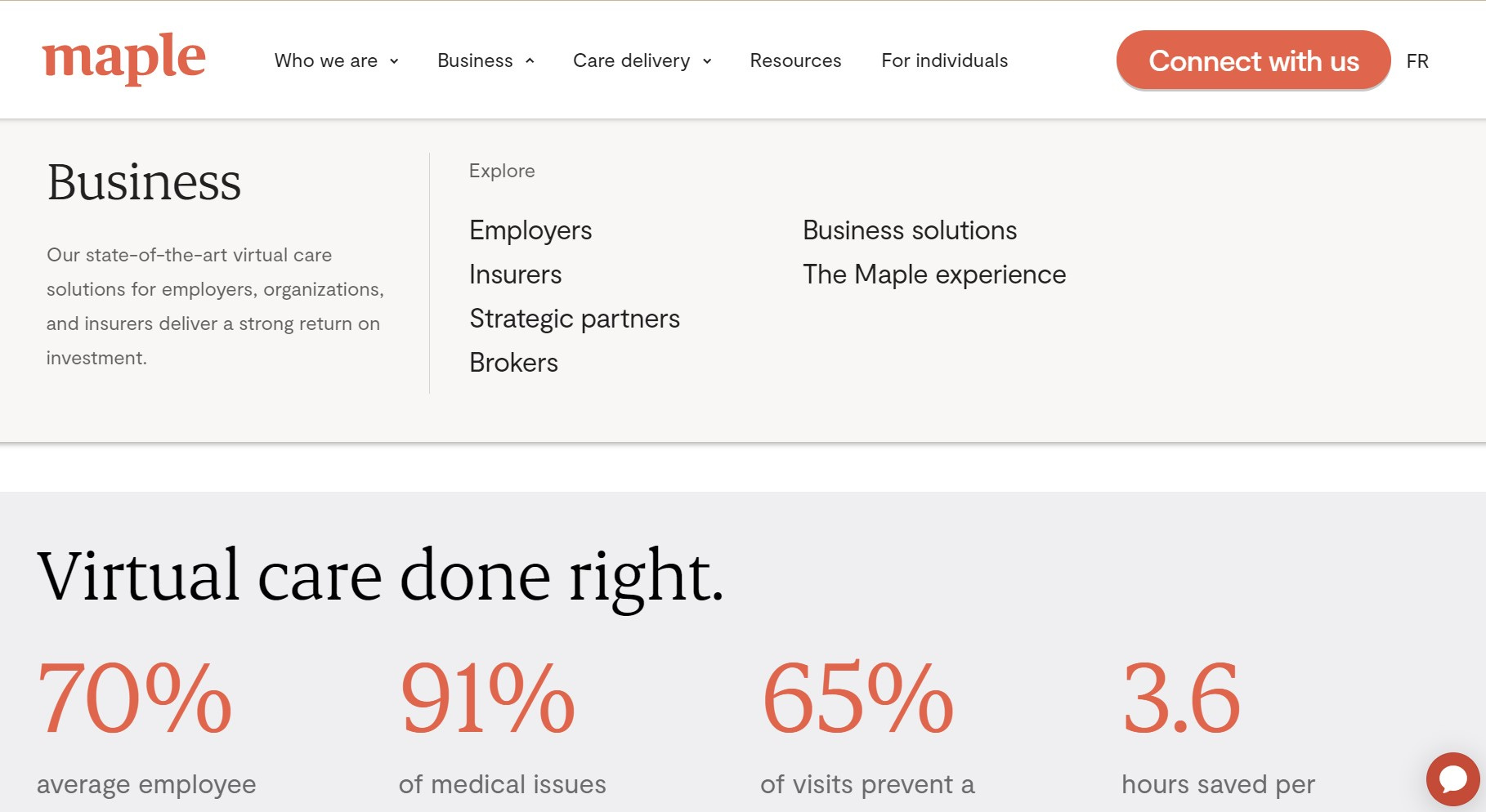
Maple CEO and co-founder Dr. Brett Belchetz boasts of his management consulting background at McKinsey, as well as being a Fellow of the Fraser Institute, which has been pushing hard to support a case for introducing more for-profit medicine in Canada.
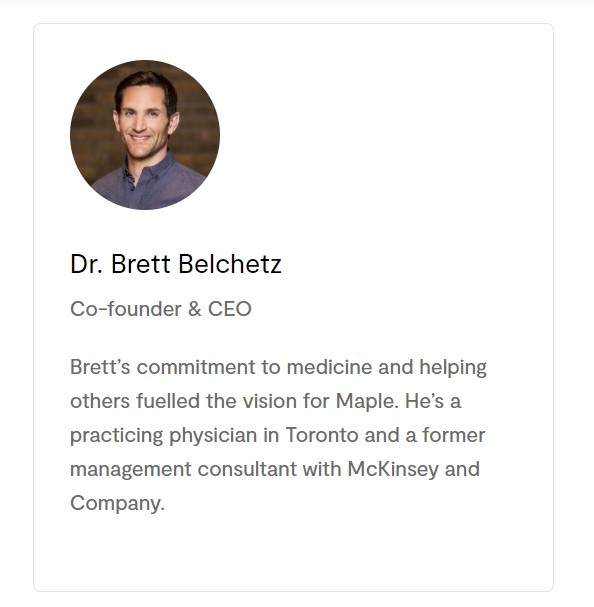
The Weston family is deeply involved personally in the Fraser Institute as well. Galen’s cousin, Claudia Hepburn (currently on the board of the foundation at SickKids) established the institute’s “school choice” initiative, a push to undermine public education.

Dr. Belchetz and Maple also benefit greatly from his platform as a “medical expert” at CTV, despite the fact that Dr. Belchetz was “cautioned in person” by the College of Physicians and Surgeons of Ontario for inappropriate work-ups on elderly patients in the ER.
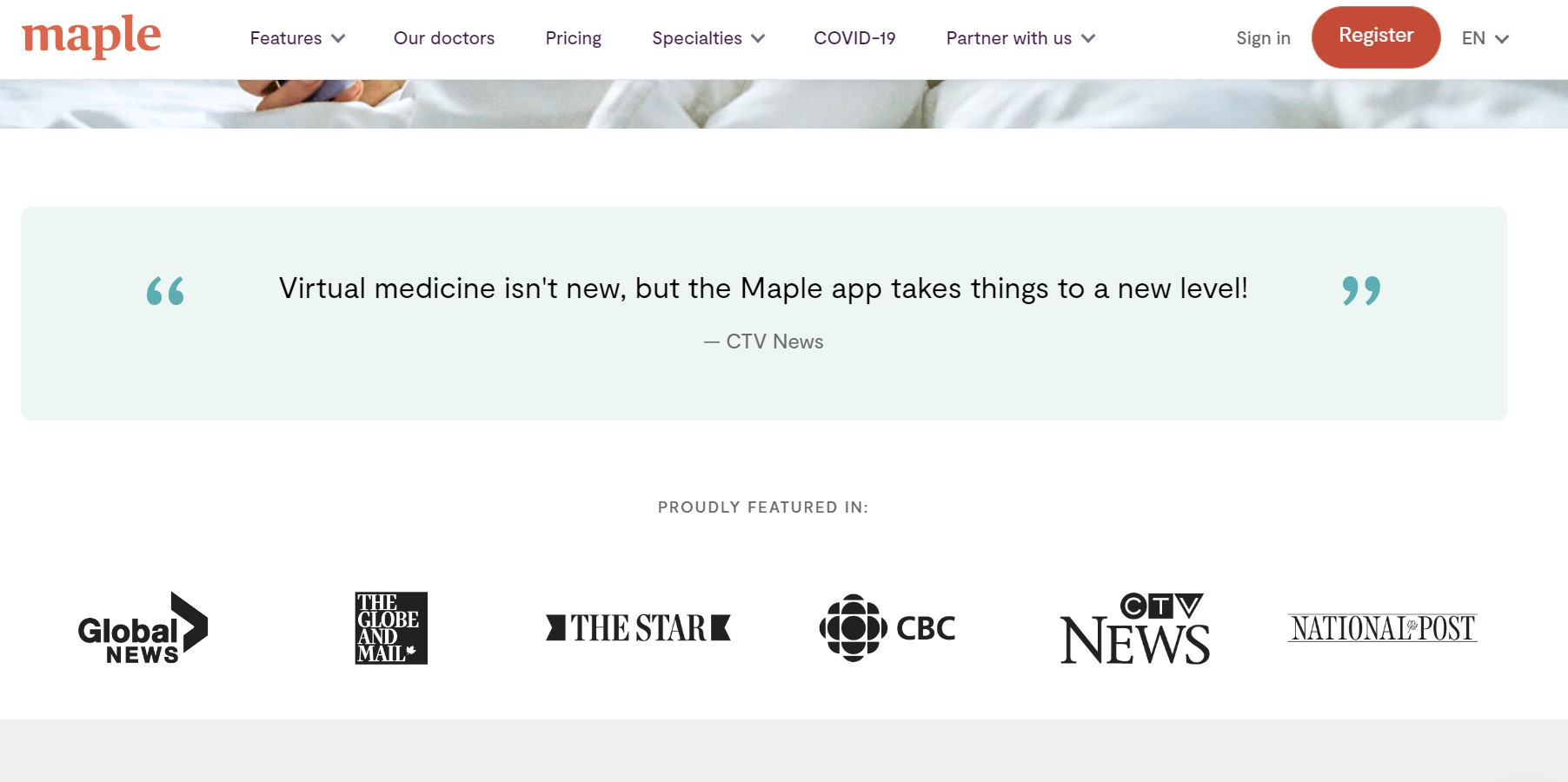
Given Maple’s focus on employees and health insurance, the ownership of CTV is significant as it relates to creating a positive profile for Dr. Belchetz and Maple. CTV is a subsidiary of BCE Inc., of which over 20% is controlled by Canada’s banks, including over 5% owned by RBC Global Asset Management alone. Canada’s banks and insurance have been keenly investing in for-profit health ventures in Canada, and would likely stand to profit handsomely from for-profit medicine, including private health insurance.
With the collapse of primary medicine in Ontario, a situation ensured by provincial governments for decades, Loblaws has managed to become the only game in town for one of the 2.2 million Ontarians without a family doctor. While the Ford government has ensured Shoppers can profit from pharmacists “treating” minor ailments, if you need a family doctor and don’t have a walk-in nearby, you get Maple.
Last spring, Galen and company delivered the coup de grace, in terms of making sure they are unavoidable in primary care, with the purchase of Lifemark Health Group. By paying Audax Private Equity $845 million, Galen acquired Canada’s leading provider of physio, massage therapy, chiropractic, mental health and rehab services. Interestingly, given the significance of the purchase for Canadians, as patients, media coverage of the acquisition was muted.
From The Financial Post:
“We want the PC Health app to be the first place Canadians turn when they have questions about their health or are in search of a healthcare professional,” Leger said in November, when the company announced the initial partnership between PC Health and Lifemark.
Loblaw considers healthcare one of its four “priority areas” for strategic growth, and has been steadily building a stable of clinics and healthcare technology throughout the pandemic. Shoppers opened its first wholly owned and operated family health clinic in August 2020, and now runs six clinics in Ontario.
Also that year, Shoppers spent $75 million on a minority stake in Maple, a “virtual appointment platform.” And last year, Shoppers became a key player in the Canadian rollout of COVID-19 vaccines, which helped drive 172-per-cent revenue growth in Loblaw’s pharmacy services business in 2021, the company said in an earnings update on Feb. 24.”
The clinics will continue under the Lifemark brand, providing rehab services that are typically covered by private insurance, he said. Those services were private long before Shoppers made a move into the space, so the expansion shouldn’t be seen as an encroachment on Canada’s public health care system, Leger said.
“We’re not disrupting the system at all,” he said, adding that Lifemark was a private company before the Loblaw acquisition. “We’re actually just working within the system that already exists.”
On that final point, analysts seemed to agree. National Bank of Canada Financial Services raised its price target on Loblaw to $119.00 per share from $111.00 after the deal was announced, telling its clients Lifemark would boost Loblaw’s annual earnings per share by around two per cent.
Thanks for reading Corruptario by Jordan Roberts & Friends! Subscribe for free to receive new posts and support my work.
Loblaws' long game to take over healthcare
How Galen pulled it off right under our noses
